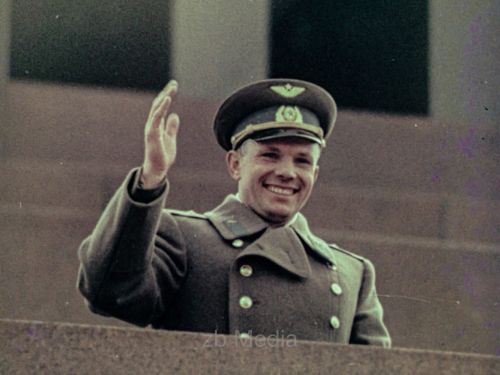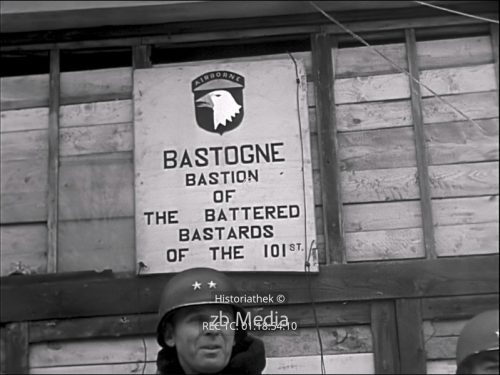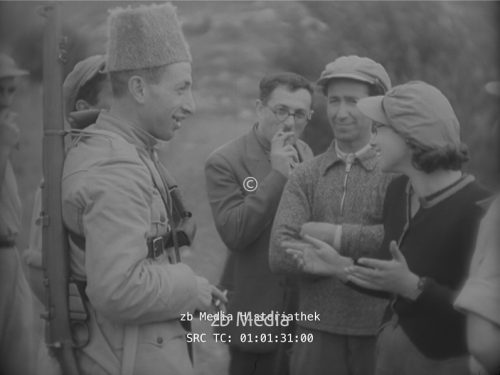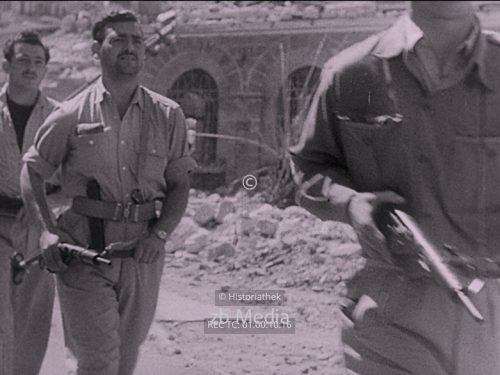Historical background
Yuri Gagarin’s return to Moscow after his historic space flight was a monumental event that was celebrated with great enthusiasm and pride throughout the city. The space flight triggered a huge wave of “cosmic enthusiasm” in the Soviet Union. The people of Moscow poured onto the streets en masse to welcome Gagarin. The streets were filled with people waving flags, carrying placards and cheering as the hero returned from space. The atmosphere was characterised by euphoria and excitement as people were proud of the historic achievement of their compatriot and their political system. However, the propaganda mechanisms of the communist regime must be taken into account. The ceremony begins with Gagarin’s arrival at the airport, where Khrushchev and the Politburo members were waiting. This is followed by the triumphant journey to the Kremlin in the centre of Moscow. On Red Square, we see Gagarin next to Khrushchev on the tribune of the Lenin Mausoleum.
The events surrounding Gagarin’s return were covered extensively by the media, including television broadcasts, newspaper articles and radio programmes. The images of Gagarin surrounded by cheering crowds went around the world, cementing his image as a national hero and symbol of the Soviet space programme. The space flight had achieved the propaganda effect intended by Khrushchev.
Success in space exploration strengthened the Soviet Union’s influence in the Cold War competition between systems and enabled Khrushchev to pursue diplomatic goals, particularly in the so-called Third World. It offered opportunities for co-operation with other countries and demonstrated the Soviet leadership role in science and technology. Countries were to be systematically tied to the Soviet Union through the export of technology. This concerned military technology in particular.





